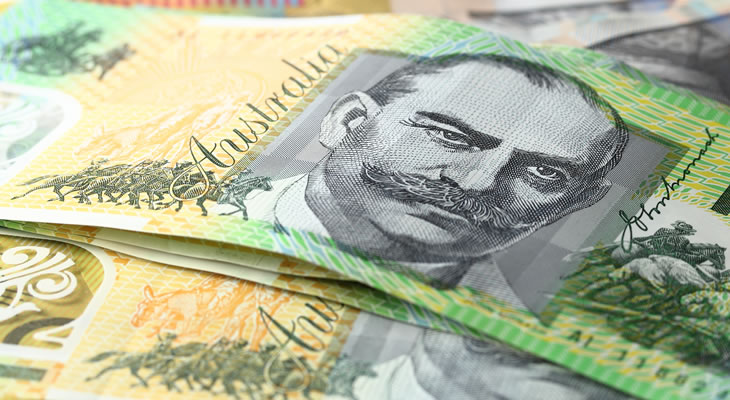Pound Sterling Australian Dollar (GBP/AUD) Exchange Rate Muted as Markets Fear Chaotic Brexit
The Pound Sterling Australian Dollar (GBP/AUD) exchange rate remained muted, leaving the pairing trading at around AU$1.9128.
The Pound continued to slump on Wednesday, as markets began to fear a chaotic exit from the European Union.
Despite the currency rising to highs following Prime Minister Boris Johnson’s election win last week, Sterling suffered losses after a fresh bout of Brexit pessimism.
Johnson’s government which campaigned to ‘get Brexit done’ has set the end of 2020 as an immovable deadline.
Commenting on this, Pepperstone brokerage’s head of research, Chris Weston said:
‘With the level of frothiness in positioning, I think people had priced in very smooth sailing throughout 2020.
‘This has given us a snap back to reality. If you thought Brexit was solved, and we’re going to see very, very smooth times ahead, then that’s not quite going to be the case.’
Added to this, officials in Brussels have said the new timetable for negotiations is ‘rigid’ and could limit the scope of any deal.
Dovish RBA leaves Australian Dollar (AUD) Flat
Meanwhile, the Australian Dollar remained under pressure, remained near its lowest in a week ahead of highly-anticipated employment data.
Disappointing figures on Thursday could spark another rate cut from the Reserve Bank of Australia (RBA).
Earlier this week, the RBA released its minutes from the December monetary policy meeting which revealed the bank has left the door open to further easing.
The minutes also showed the bank was worried about disappointing wage growth which would be too weak to boost inflation or consumption.
Commenting on this, Westpac analysts said in a note:
‘The RBA minutes struck a more dovish tone than the statement on the day, specifically citing the February meeting as a suitable time to reassess the [currently upbeat] outlook.’
Sterling (GBP) Muted as Inflation at Three-Year Low
On Wednesday, the Office for National Statistics (ONS) showed UK inflation remained unchanged at a three-year low of 1.5% in November.
Commenting on this, ONS statistician Mike Hardie stated:
‘The headline rate of inflation remained steady with prices rising across a variety of goods and services such as chocolate, concert tickets and package holidays, offset by falling hotel costs and cigarette prices rising substantially slower than this time last year.’
Today’s figure was below the Bank of England’s (BoE) inflation target, just a day before the bank will announce its next interest rate decision.
However, this morning’s figures are unlikely to push policymakers towards a rate cut this month.
The bank noted last month that inflation is likely to fall to 1.25% in the first few months of 2020, although it is highly likely inflation will be back above 2% in around three years.
Pound Australian Dollar Outlook: Will Weak Employment Data Weigh on AUD?
Looking ahead to Thursday, the Australian Dollar (AUD) could slump against the Pound (GBP) following the release of the Australian unemployment rate.
If employment data is weaker than expected, with the number of Australians in employment falling, it will send the ‘Aussie’ lower.
Meanwhile, Sterling could receive a boost after the release of the UK retail sales data.
If November’s retail sales increase higher than expected, it could cause the Pound Australian Dollar (GBP/AUD) exchange rate to edge higher.


Comments are closed.